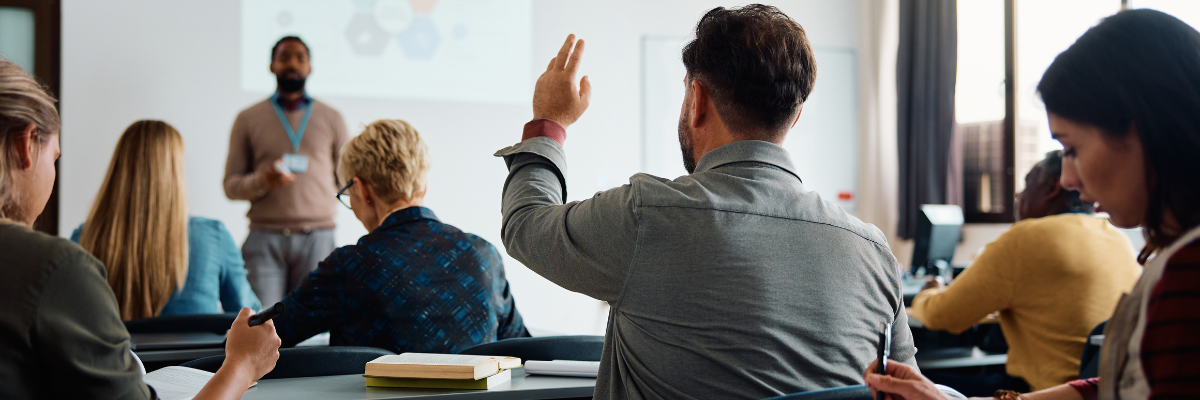As parents, one of the most powerful ways we can support our children is by helping them understand how they learn best. Every child has unique learning preferences, and recognizing these styles can make a significant impact on their educational journey. As research continues to evolve, we now understand more about how the brain learns, and a strong focus has emerged around project-based and hands-on learning as particularly effective methods for many learners.
In this article, we’ll break down how learning styles work, how the brain processes information, and why hands-on, project-based experiences are especially beneficial for children.
Types of Learning Styles: A Quick Overview
While every child is unique, educational researchers have identified some common learning styles that parents can observe to help their children thrive in school:
- Visual learners: These students learn best through images, diagrams, and spatial understanding. They often remember things by seeing them in context.
- Auditory learners: These children retain information more effectively when it is presented through sound, such as discussions, music, or lectures.
- Kinesthetic learners: Sometimes referred to as tactile learners, these students learn best by doing. Hands-on activities, movement, and physical interaction with objects help them absorb information.
- Reading/Writing learners: These students prefer to interact with text. They benefit from taking notes, reading extensively, and writing essays or reports.
Research shows that approximately 65% of people are visual learners, while kinesthetic learners make up about 15%, and auditory learners 30% (many learners use a combination of styles). As a parent, observing how your child responds to different types of activities can give you insights into which learning style dominates their experience.
The Science Behind Learning
Understanding how the brain processes information is crucial in recognizing why certain approaches, such as hands-on and project-based learning, are so effective.
The brain contains over 100 billion neurons, and each time a person learns something new, their neurons form connections called synapses. These synapses help transfer information from one part of the brain to another. The more a child engages with a concept through practice, the stronger these connections become, similar to a well-traveled path in the brain. This is how deep learning happens, with repetition and application.
The key is this: when children are actively involved in learning—whether through physical activity, creative projects, or solving real-world problems—these brain connections are reinforced more effectively than passive learning, such as simply listening to a lecture.

Project-Based Learning: A Hands-On Approach That Works
In recent years, educators and scientists have increasingly recognized the value of project-based learning (PBL) and hands-on experiences. This type of learning requires students to actively engage in solving real-world problems, creating solutions, and collaborating with peers, which mirrors how adults work in professional environments.
Research indicates that students involved in project-based learning retain information longer and are more likely to apply what they’ve learned in real-world situations. For parents, this is critical because it suggests that fostering opportunities for experiential learning can better prepare children for future success, not just in school but in life.
According to a study published by the Buck Institute for Education, students participating in project-based learning had increased academic performance across disciplines compared to students in traditional settings. In fact, kinesthetic learners often show a marked improvement in comprehension and retention when they can engage physically with the material.
Why Hands-On Learning Works
Children who are kinesthetic or tactile learners benefit greatly from hands-on experiences. But even if your child doesn’t fit squarely into the kinesthetic category, almost all students can benefit from practical learning opportunities. Here's why:
Deep engagement: When children are physically engaged, they aren’t just memorizing facts; they are experiencing the concepts in action. For example, building a model of the solar system allows them to better grasp the relationships between planets than just reading about it in a book.
Creativity and problem-solving: Hands-on learning encourages creative thinking. As children encounter challenges during project-based tasks, they develop problem-solving skills by figuring out solutions in real time.
Collaboration and communication: Many hands-on learning experiences require teamwork, whether it’s building something together, conducting a science experiment, or working on a community project. This fosters essential communication and collaboration skills.
Encouraging Hands-On Learning at Home
While schools are increasingly adopting project-based learning, there’s a lot you can do at home to support this method. Here are some ideas:
Engage in home projects: From building a garden to creating a family scrapbook or even redesigning a room, home-based projects offer hands-on learning experiences. Let your child take charge of the project and guide the process.
Use educational kits: There are numerous science, engineering, and art kits available that allow children to explore STEM topics or express their creativity. These kits give them the freedom to experiment and learn through doing.
Promote extracurricular activities: Programs such as robotics clubs, art classes, or science camps provide excellent opportunities for hands-on learning outside the classroom. Look for programs that emphasize project-based work.
Explore the outdoors: Nature offers endless chances for kinesthetic learning. Take a walk through a forest, visit a beach, or hike a trail. Let your child collect samples, observe ecosystems, and interact with the environment.
Understanding your child’s learning style is just one of many steps toward supporting their educational journey. By recognizing whether your child is more visual, auditory, kinesthetic, or reading/writing-oriented, you can tailor their experiences to match their strengths. But no matter their dominant learning style, incorporating hands-on, project-based learning experiences at home and through extracurricular activities will provide lasting benefits.
Encourage your child to engage in activities that go beyond traditional classroom learning—whether it's building, creating, or problem-solving in the real world. These are the experiences that will not only reinforce what they’re learning but also instill a lifelong love of learning.
Envision by WorldStrides is passionate about guiding students each step of the way as they rise to their highest potential through transformative experiences. Our programs offer hands-on experiences that allow high schoolers to test the waters of possible career tracks in: